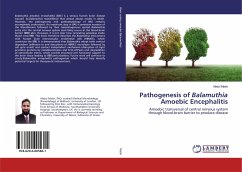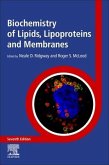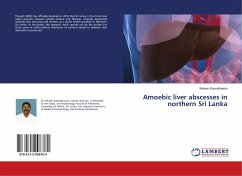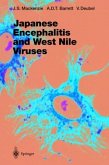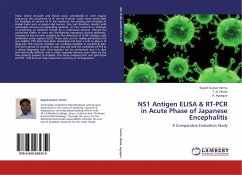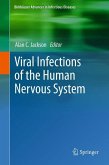Balamuthia amoebic encephalitis (BAE) is a serious human brain disease (caused by Balamuthia mandrillaris) that almost always results in death. However, the pathogenesis and pathophysiology of BAE remains incompletely understood. An important step in BAE is amoebae invasion of the bloodstream followed by their haematogenous spread. Balamuthia entry into the central nervous system most likely occurs at the blood-brain barrier (BBB) sites. However, it is not clear how circulating amoebae inside blood cross BBB. This book therefore describes the Balamuthia interactions with human brain microvascular endothelial cells (HBMEC), which constitute the BBB. It is demonstrated that Balamuthia adopt both contact dependent (adhesion to and disruptions of HBMEC monolayer followed by cell cycle arrest) and contact independent mechanism (disruption of tight junctions proteins by metalloproteases and Ecto-ATPases and degradation of extracellular matrix, which provide structural and functional support to the brain tissue leading to BBB perturbations. Future work will continue to study Balamuthia encephalitis pathogenesis which should help identify potential targets for therapeutic interventions.
Bitte wählen Sie Ihr Anliegen aus.
Rechnungen
Retourenschein anfordern
Bestellstatus
Storno

